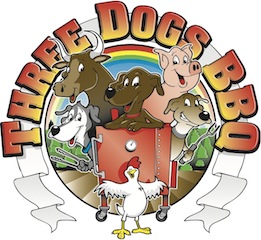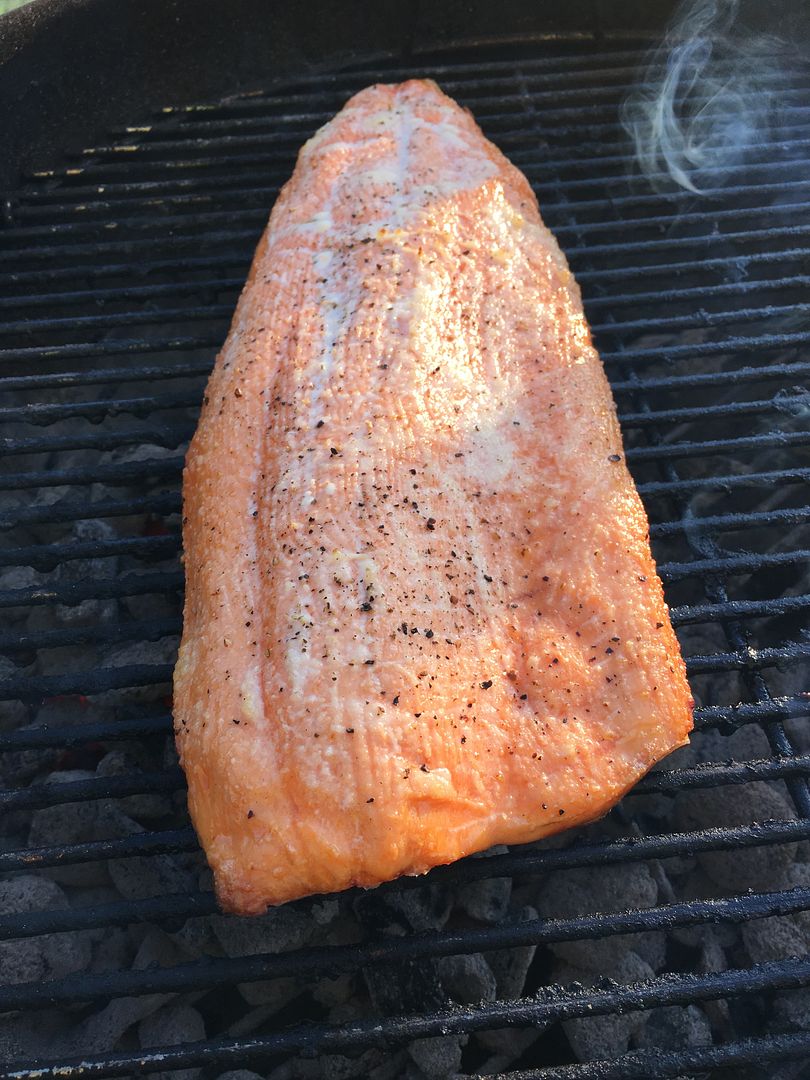A few weeks ago, The Oldest called me up late in the week and wanted me to smoke 30 pounds of assorted venison and goose meat into jerky. I didn't have any firm plans, so I told him to bring beer and charcoal and we would fire up the smokers. The day passed and on Monday, Hope called me at work to tell me that The Oldest had also brought over a venison backstrap for me to grill one night for dinner. Let's call this, "Payment for Services Rendered".
The backstrap is the Bambi equivalent of the fillet on Elsie the Cow. I've cooked a few fillets in my time, but never one from a deer. I do know that you can dry them out quickly if not cooked properly. I have had them prepared via a sous vide method and loved how they turned out. Very juicy and tender for a very lean piece of meat. But, after a day at work, I didn't feel like rigging the beer cooler for Redneck Sous Vide Mode. Internet, here I come.
I was looking for a marinade that could add some flavor and some acid to help tenderize the meat. A quick search led me to an old Dr. BBQ recipe posted on O'Neill Outside.com. Ray Lampe can't steer me wrong. Right? Champion griller and pit master. So, I gave it a shot. Hope whipped up the marinade and the backstrap had a chance to marinade for a good 10 hours.
Balsamic Marinade for Venison Backstrap
1 Venison backstrap, about 2 pounds
1/3 cup soy sauce
1/4 cup balsamic vinegar
1/4 cup vegetable oil
2 tablespoons Worcestershire sauce
2 tablespoons honey
4 cloves garlic, crushed
2 teaspoons sesame oil
1 teaspoon black pepper
Venison backstrap has a tendency to run on the smallish side. Usually closer to the size of a pork tenderloin than that of a beef fillet. Perhaps the 10 hour marinade time would be too long for such a small piece of meat. I could not have been more wrong. I had no idea how large this piece of meat was until I pulled it out of the plastic bag.
After lighting a chimney of charcoal and setting up the grill for a two zone fire, removed the backstrap from the marinade and placed it over direct heat for searing.
What genetically engineered monster of a deer did this piece of meat come from? We rarely see deer this big around here. Then, I remembered. This venison fillet must have come from the doe The Oldest shot with time ticking down and the sun setting on last years season. She was one monster doe. I would say this backstrap weighed in at over four pounds easily. Anyway, I digress.
I seared both sides of the backstrap over direct heat for about seven minutes a side. Then, I moved the meat to indirect heat and covered the grill. The grill temperature at the dome was around 550 F. I checked the temperature of the fat end of the fillet every ten minutes, flipping the meat every time I checked the temperature. After the 14 total minutes of searing and 20 minutes at 550 F, the backstrap was at an internal temperature of 135 F. Time to pull, rest, and slice.
Perfect. The meat ran from medium to medium rare depending on the thickness of the meat. It was tender and very juicy. The honey in the marinade caramelized just a bit on the outside of the meat, forming a nice crust. This marinade tasted so good, I am going to try it on beef, chicken, and pork. This fall, after you have harvested your deer, you just might want to give this recipe a try.
Thanks for stopping by,
Bill






